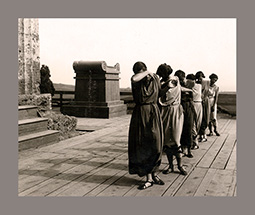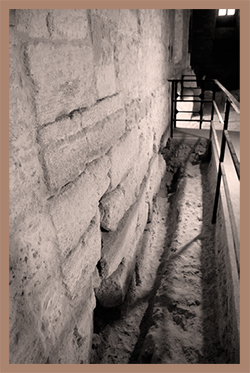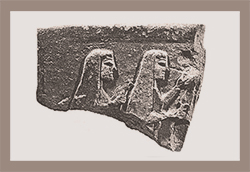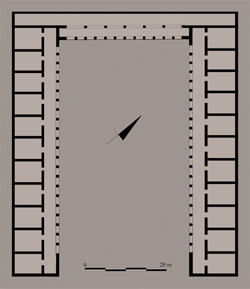Author: R. Belli
Download article as .pdf: La scultura di Magna Grecia e Sicilia e la mobilità degli artigiani fra testimonianze scritte e documentazione archeologica
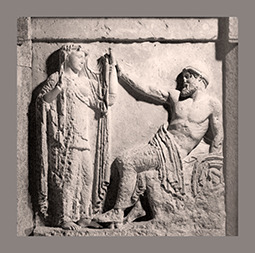 The paper intends to propose a reflection on the phenomenon of the mobility of ancient sculptors, with particular reference to the Western Greek context. Literary and epigraphic sources attest individual mobility of artists as early as the 7th BC, with a progressive increase over time. In this context, artists from Magna Graecia and Sicily are documented, engaged in both micro- and macro-mobility, as well as “external” artists receiving commissions from Magna Graecia poleis in Panhellenic sanctuaries. Equally important, especially for the purposes of the dissemination and transmission of technical knowledge, is the role of itinerant workshops, whose presence is documented in certain cases, by specific types or classes of materials; certainly, a greater knowledge and an in-depth study of the organisation of these productive units, also in relation to the sources of supply, would be of great use. Finally, the role of the client and the way in which he implements his choices should also be better understood.
The paper intends to propose a reflection on the phenomenon of the mobility of ancient sculptors, with particular reference to the Western Greek context. Literary and epigraphic sources attest individual mobility of artists as early as the 7th BC, with a progressive increase over time. In this context, artists from Magna Graecia and Sicily are documented, engaged in both micro- and macro-mobility, as well as “external” artists receiving commissions from Magna Graecia poleis in Panhellenic sanctuaries. Equally important, especially for the purposes of the dissemination and transmission of technical knowledge, is the role of itinerant workshops, whose presence is documented in certain cases, by specific types or classes of materials; certainly, a greater knowledge and an in-depth study of the organisation of these productive units, also in relation to the sources of supply, would be of great use. Finally, the role of the client and the way in which he implements his choices should also be better understood.



